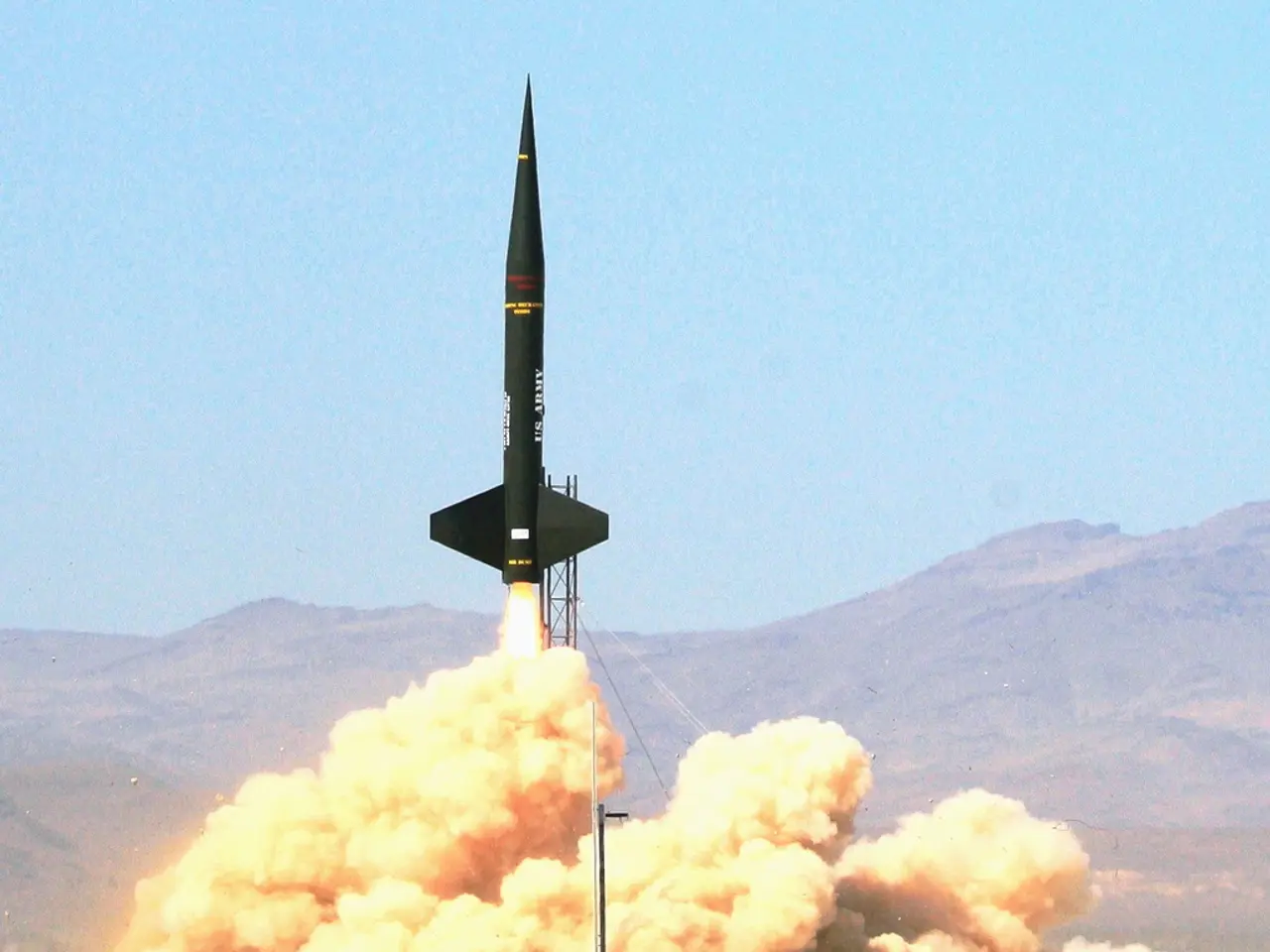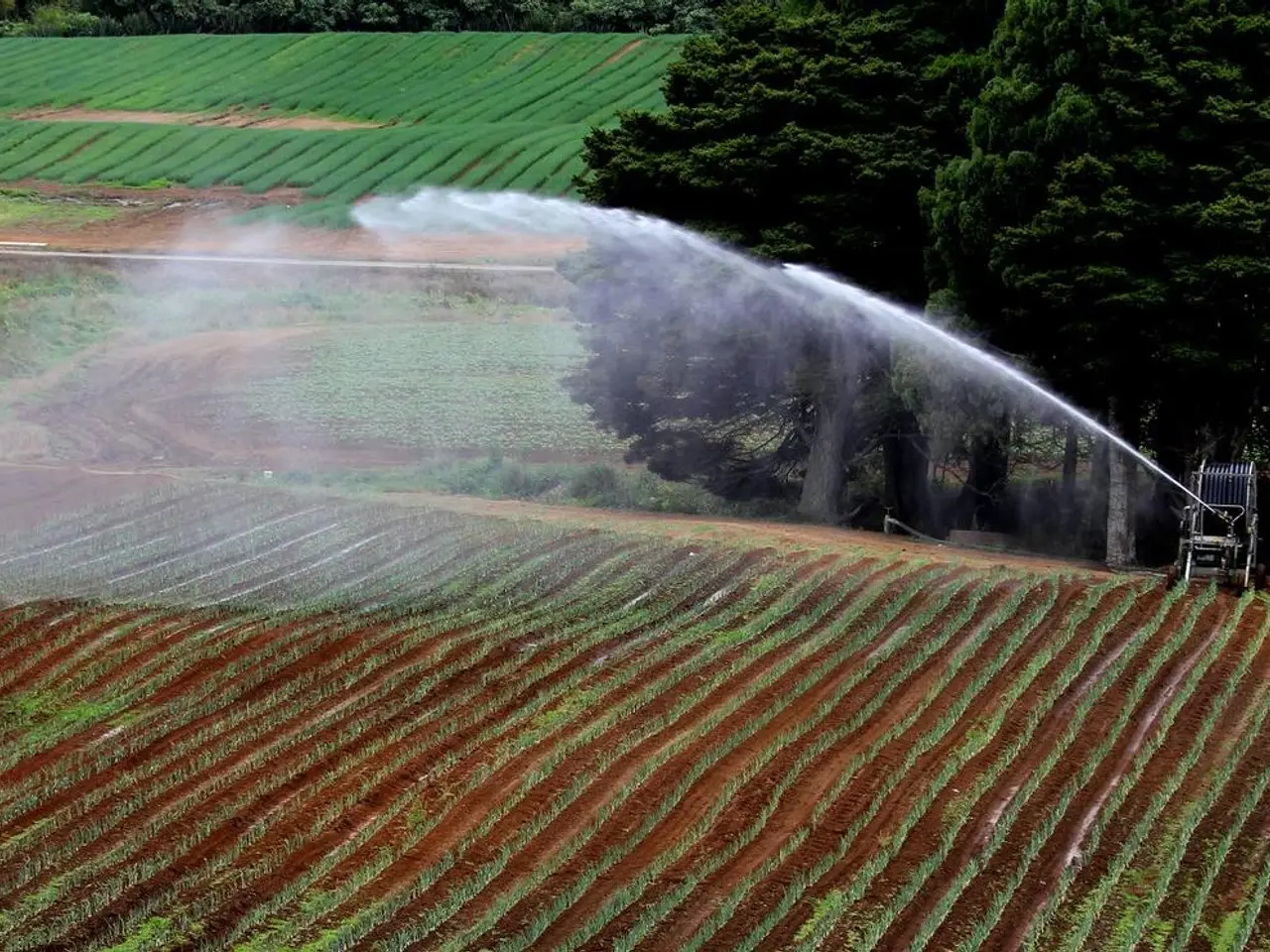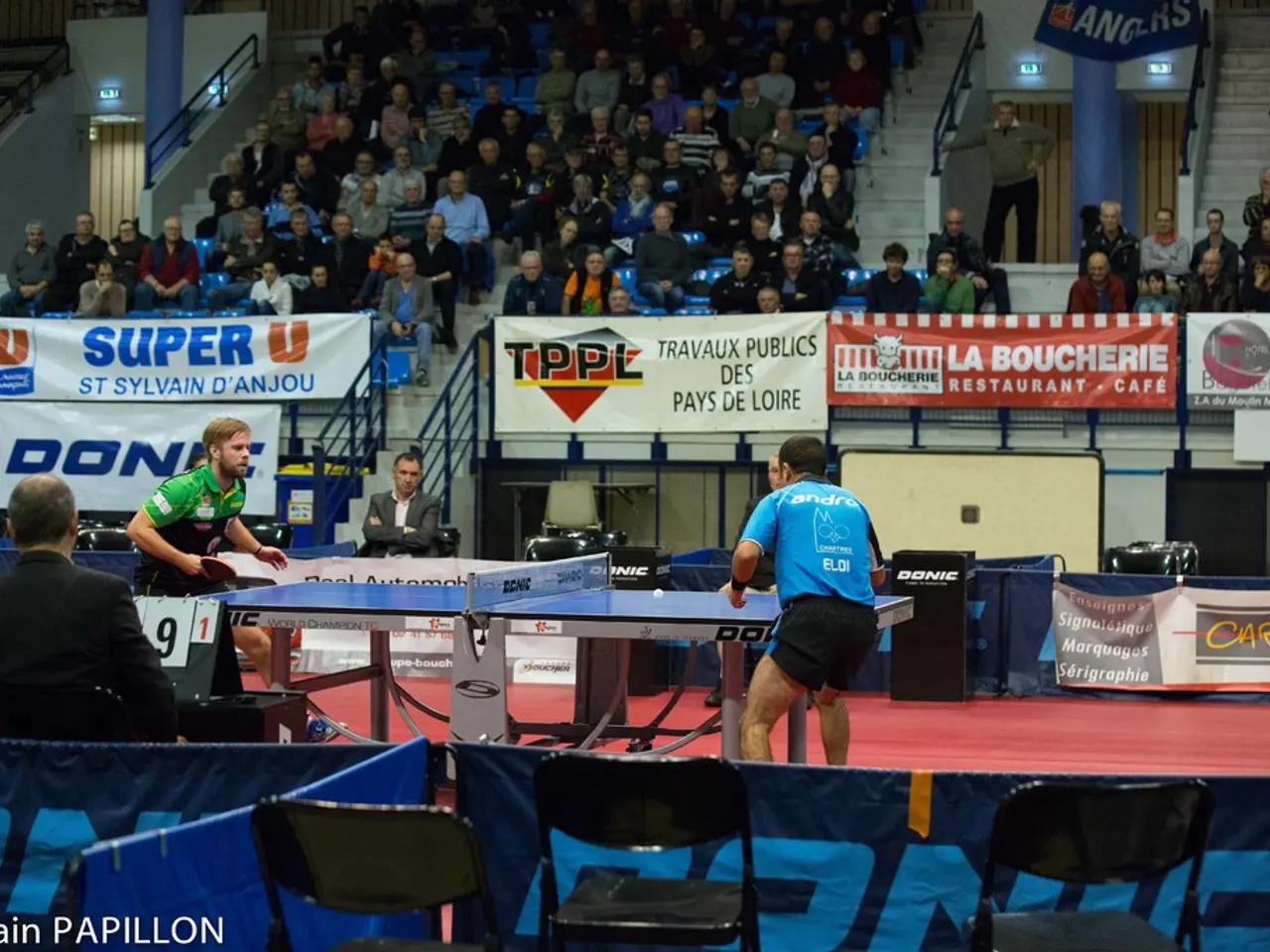"Lung cancer treatment identified as costly by Rosgosstrakh"
In a concerning development, lung cancer is increasingly being diagnosed in younger Russians, with cases among those aged 35-40 on the rise. This trend, however, is not solely attributed to traditional smoking habits.
According to Dr. Zaiana Sangadzhieva, an oncologist at Docmed clinic, lung cancer leads in the structure of population mortality from malignant tumors. Over 50,000 cases of lung cancer are registered annually in Russia, a figure that underscores the urgency of understanding the underlying causes.
While smoking remains a significant contributor, accounting for nearly 90% of cases, other factors are also at play. Long-term exposure to fine particulate matter (PM2.5) from air pollution, a common issue in cities like Delhi, Mumbai, and Kolkata, has been linked to lung cancer even in non-smokers.
Passive (secondhand) smoking and lifestyle or environmental exposures are additional risks. Genetic factors also play a role, with some young patients carrying specific gene mutations such as EGFR, ALK, or ROS1, which can cause lung cancer even without a smoking history.
Olga Kuptsova, Deputy Director of the Personal Insurance Methodology and Underwriting Department at Rosgosstrakh, notes that the proportion of non-smokers among 18-24 year-olds is 71%. Yet, the rise in lung cancer among young people suggests other factors are at work.
Lifestyle and broader environmental factors may further contribute, including obesity, metabolic syndrome, hormonal imbalances, and novel carcinogens such as microplastics or artificial light exposure. Notably, rising lung cancer rates among young women cannot be fully explained by smoking, suggesting other contributors, including genetics and possibly differential susceptibility, affect this trend.
Delayed diagnoses due to less frequent health check-ups and symptom underestimation among younger adults also exacerbate outcomes but are not causes of incidence increases per se.
In response to these trends, the average age of Russians who have taken out cancer insurance has decreased from 50 in 2024 to 46 in 2025. It is important to note that the average cost of treating lung cancer is approximately 2.4 million rubles, a significant financial burden for many.
Interestingly, the most expensive treatment under the oncology insurance policy of RGS was received by a 66-year-old patient from the Rяzan region, amounting to 7.1 million rubles.
It is crucial to raise awareness about the various causes of lung cancer and the importance of early detection. While the causes are complex and multifaceted, understanding and addressing them can lead to improved outcomes and a reduction in the number of cases among younger generations.
References:
- World Health Organization. (2020). Air pollution and cancer. Retrieved from https://www.who.int/news-room/fact-sheets/detail/air-pollution-and-health
- American Cancer Society. (2020). Lung cancer in young adults. Retrieved from https://www.cancer.org/cancer/lung-cancer-in-young-adults.html
- European Respiratory Society. (2020). Air pollution and cancer. Retrieved from https://www.ersnet.org/patient/en/lung-cancer/air-pollution-and-lung-cancer/
- Environmental Protection Agency. (2020). Air pollution and health. Retrieved from https://www.epa.gov/air-quality-basics/air-pollution-and-health
In light of these findings, it's crucial for scientists to further investigate the causes of lung cancer, particularly in young people, to better understand the role of medical-conditions such as EGFR, ALK, and ROS1 gene mutations and their potential links to cancer. Additionally, health-and-wellness advocates should emphasize the importance of early detection and the various risk factors, including passive smoking, long-term exposure to PM2.5, and lifestyle and environmental factors, in the prevention and management of lung cancer.




